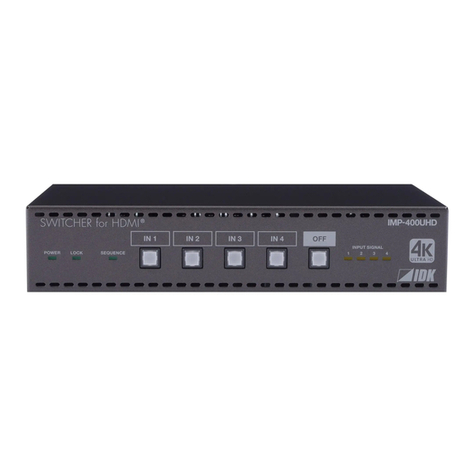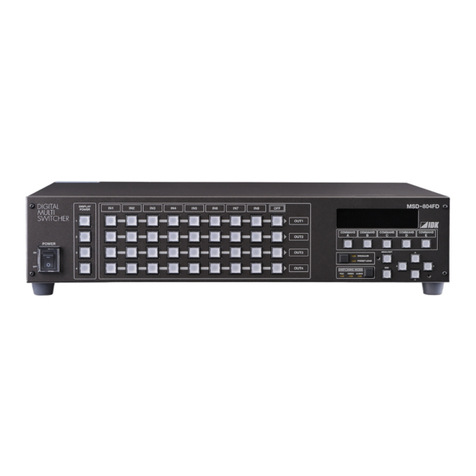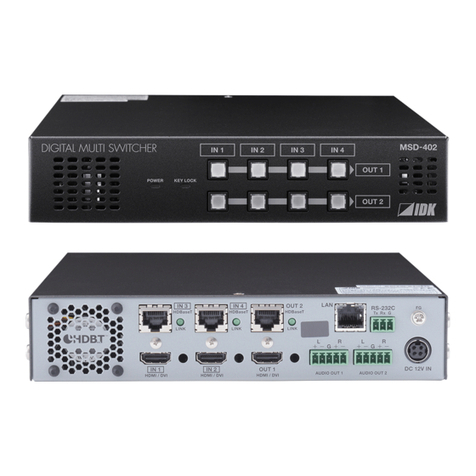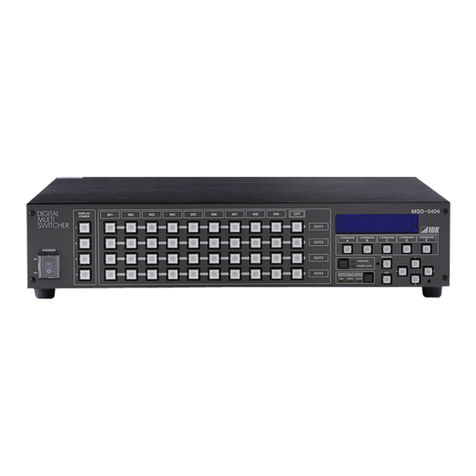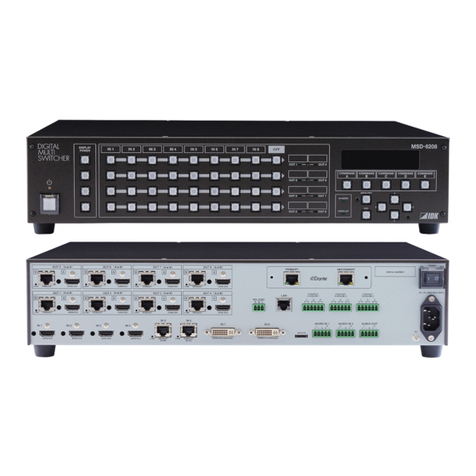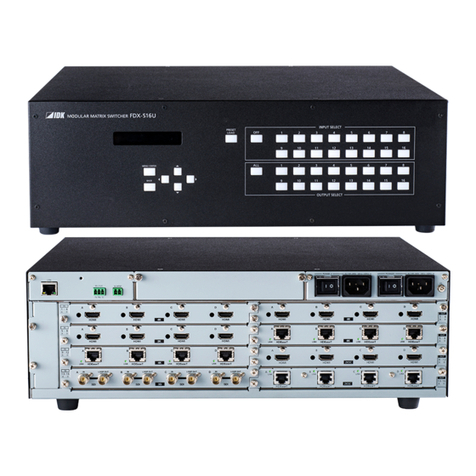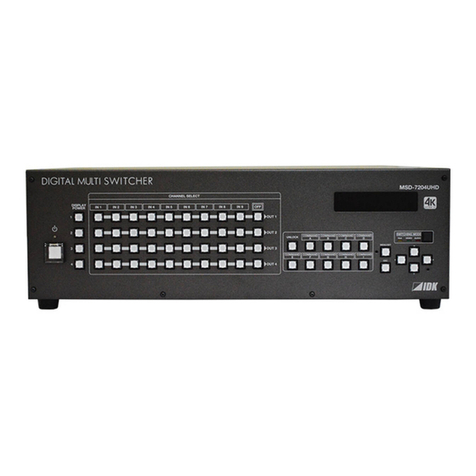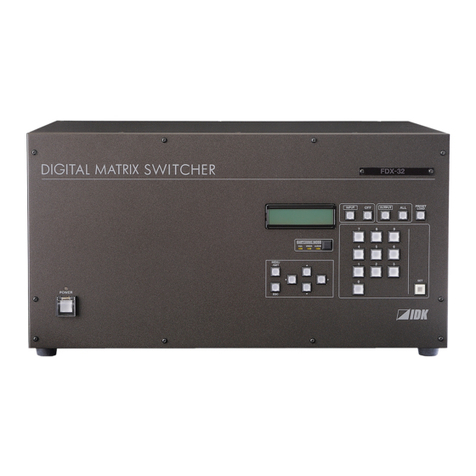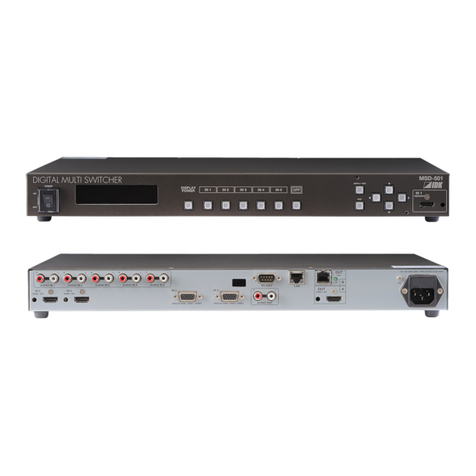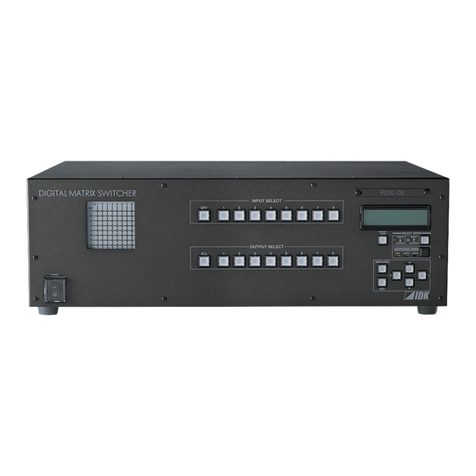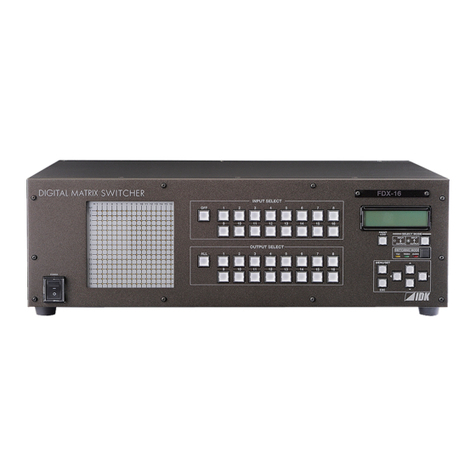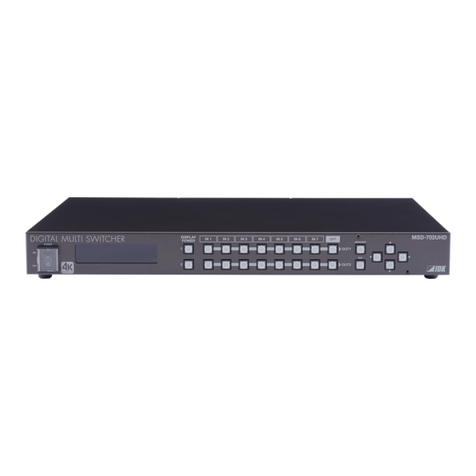
MSD-402 User’s Guide
8
8.4.10 Background color....................................................................................................................46
8.4.11 Test pattern.............................................................................................................................46
8.5 Quality settings (WEB menu)..........................................................................................................48
8.5.1 Sharpness...............................................................................................................................50
8.5.2 Brightness...............................................................................................................................50
8.5.3 Contrast..................................................................................................................................50
8.5.4 HUE........................................................................................................................................50
8.5.5 Saturation ...............................................................................................................................51
8.5.6 Black level...............................................................................................................................51
8.5.7 Gamma...................................................................................................................................51
8.5.8 Default color............................................................................................................................51
8.6 Input settings (WEB menu).............................................................................................................52
8.6.1 No-signal input monitoring.......................................................................................................53
8.6.2 Setting HDCP input.................................................................................................................53
8.6.3 Input equalizer ........................................................................................................................54
8.6.4 Automatic detection of input video interruption.........................................................................54
8.6.5 Fixing setting for each input.....................................................................................................55
8.7 Input timing (WEB menu)................................................................................................................56
8.7.1 The total number of horizontal dots..........................................................................................57
8.7.2 Start position...........................................................................................................................57
8.7.3 Active area..............................................................................................................................58
8.7.4 Input timing initialization ..........................................................................................................58
8.8 Output settings (WEB menu) ..........................................................................................................59
8.8.1 Output mode...........................................................................................................................61
8.8.2 Synchronous signal output with no input video.........................................................................61
8.8.3 Output video with no input video..............................................................................................62
8.8.4 Window transition effect ..........................................................................................................62
8.8.5 Window transition speed .........................................................................................................62
8.8.6 Wipe color...............................................................................................................................63
8.8.7 HDCP output...........................................................................................................................63
8.8.8 The number of HDCP retries...................................................................................................63
8.8.9 Deep Color..............................................................................................................................64
8.8.10 CEC connection......................................................................................................................64
8.8.11 HDCP re-authentication...........................................................................................................64
8.8.12 Priority of input channel automatic switchin..............................................................................65
8.8.13 Masking time after automatic switching of input channel..........................................................66
8.9 Audio settings (WEB menu)............................................................................................................67
8.9.1 Output level.............................................................................................................................69
8.9.2 Output mute............................................................................................................................69
8.9.3 Audio output connector............................................................................................................69
8.9.4 Multi channel audio output.......................................................................................................70
8.9.5 Test tone.................................................................................................................................70
8.9.6 Input level ...............................................................................................................................70
8.10 EDID: Extended Display Identification Data (WEB menu)................................................................71
8.10.1 EDID.......................................................................................................................................73
8.10.2 Resolution for PCs ..................................................................................................................74
8.10.3 Input resolution for AV devices................................................................................................75
8.10.4 Deep Color..............................................................................................................................76
8.10.5 Audio format............................................................................................................................76
8.10.6 Speaker configuration .............................................................................................................77
